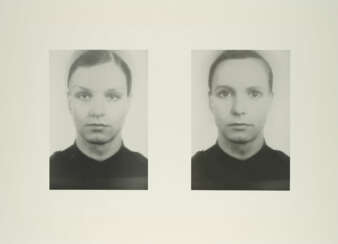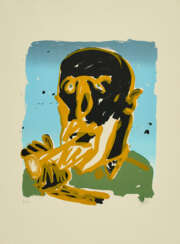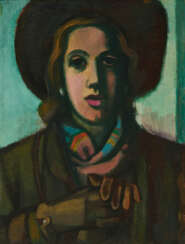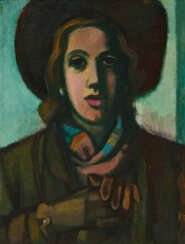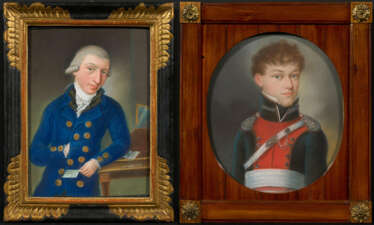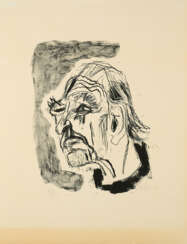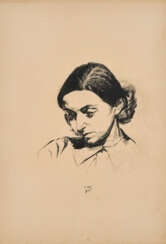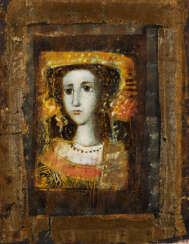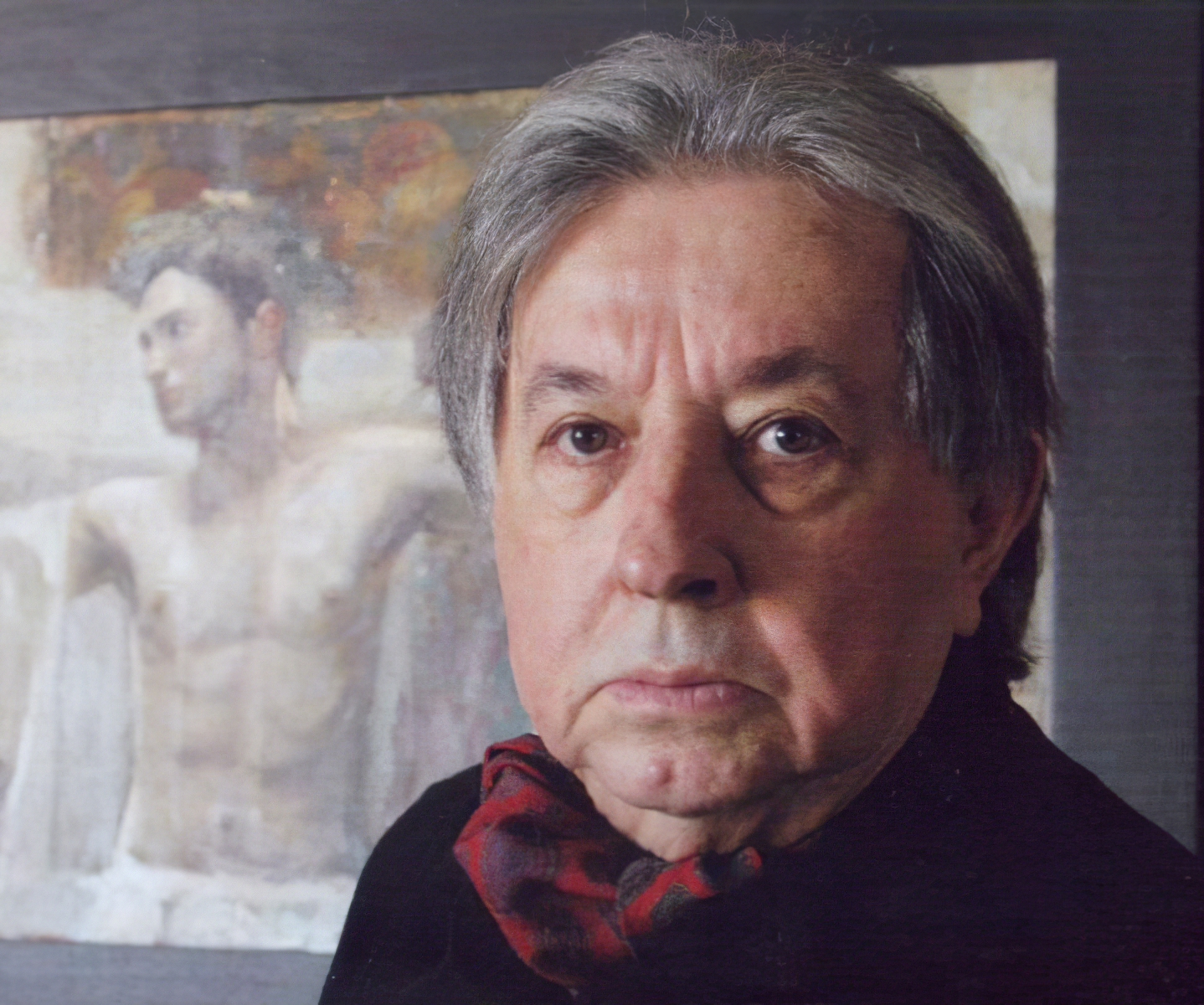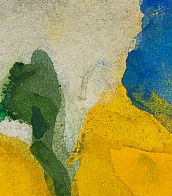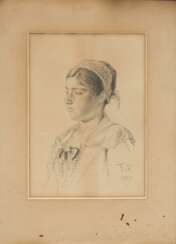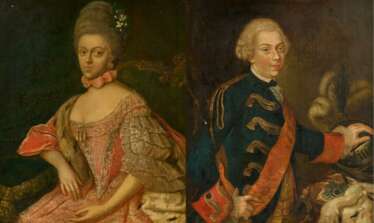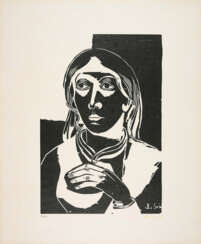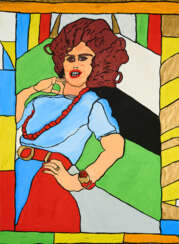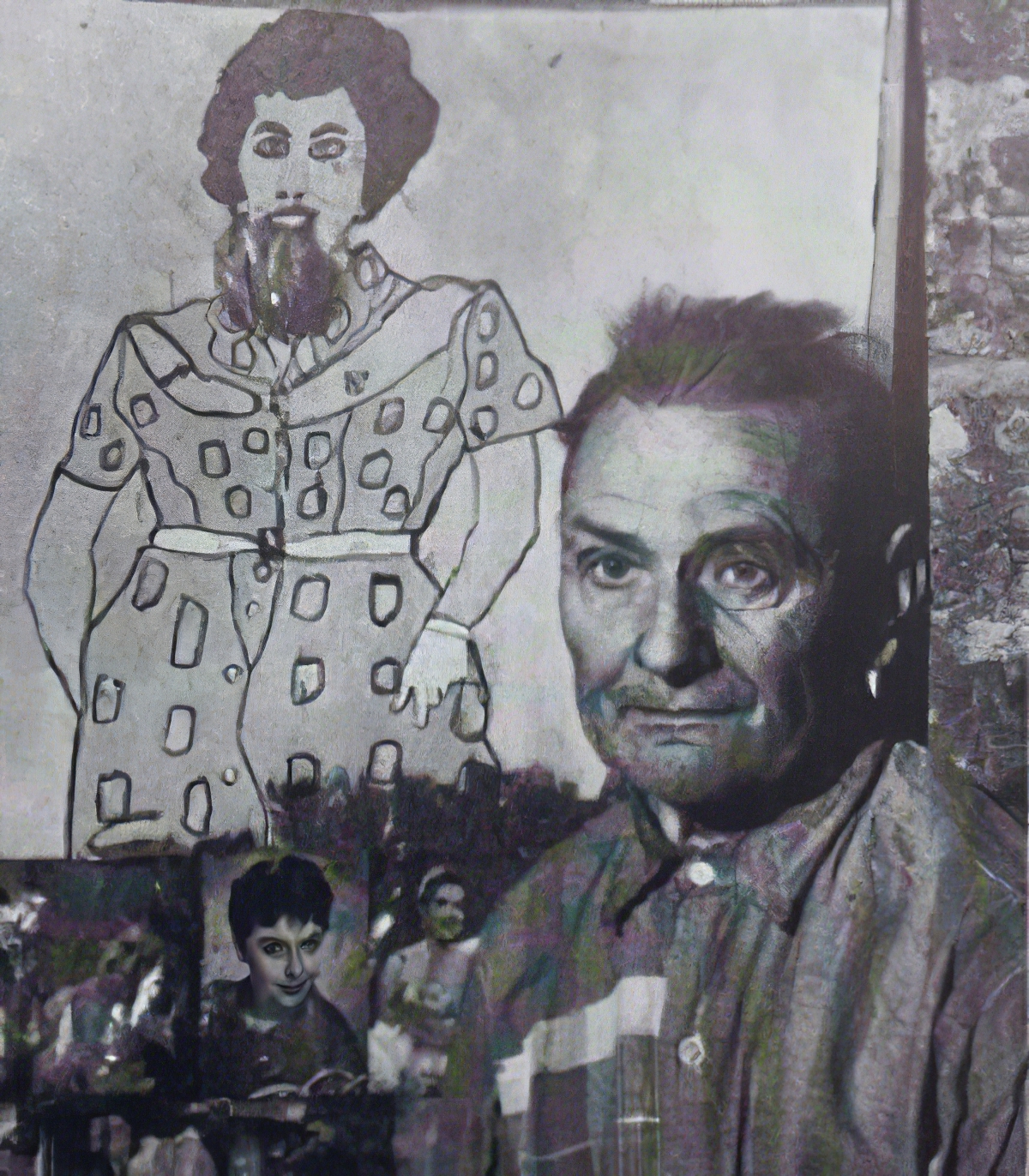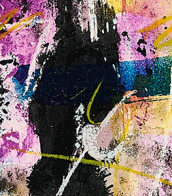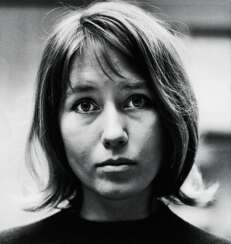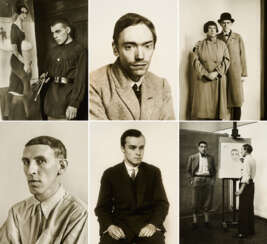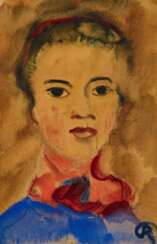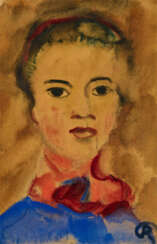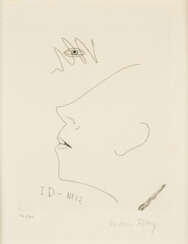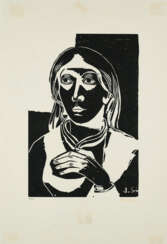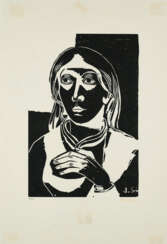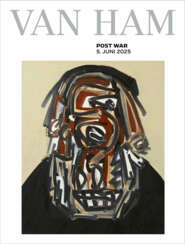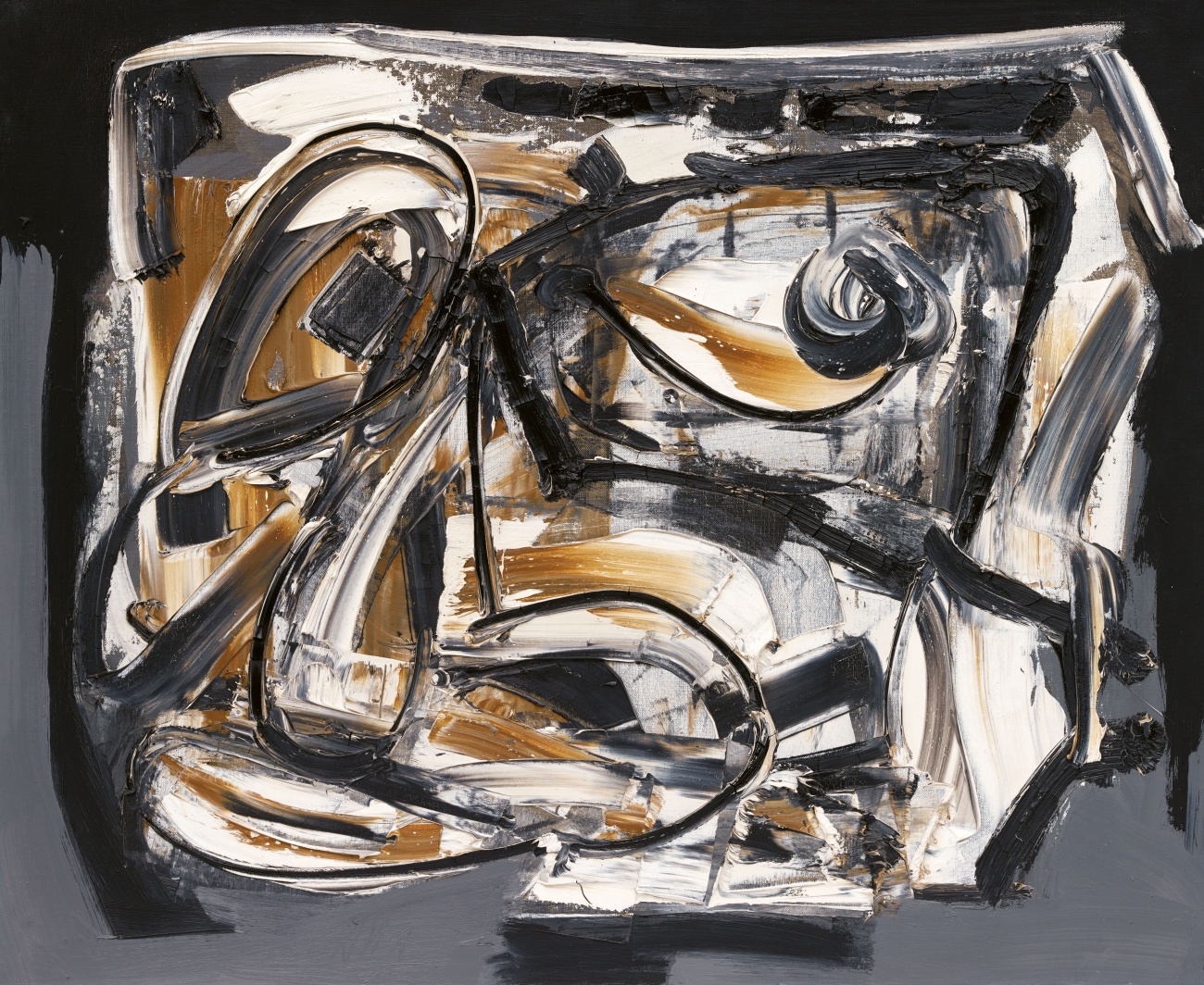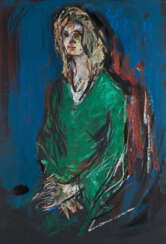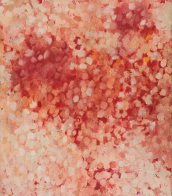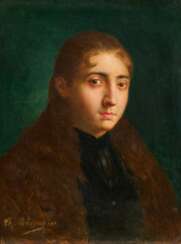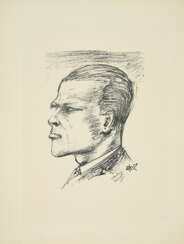porträt
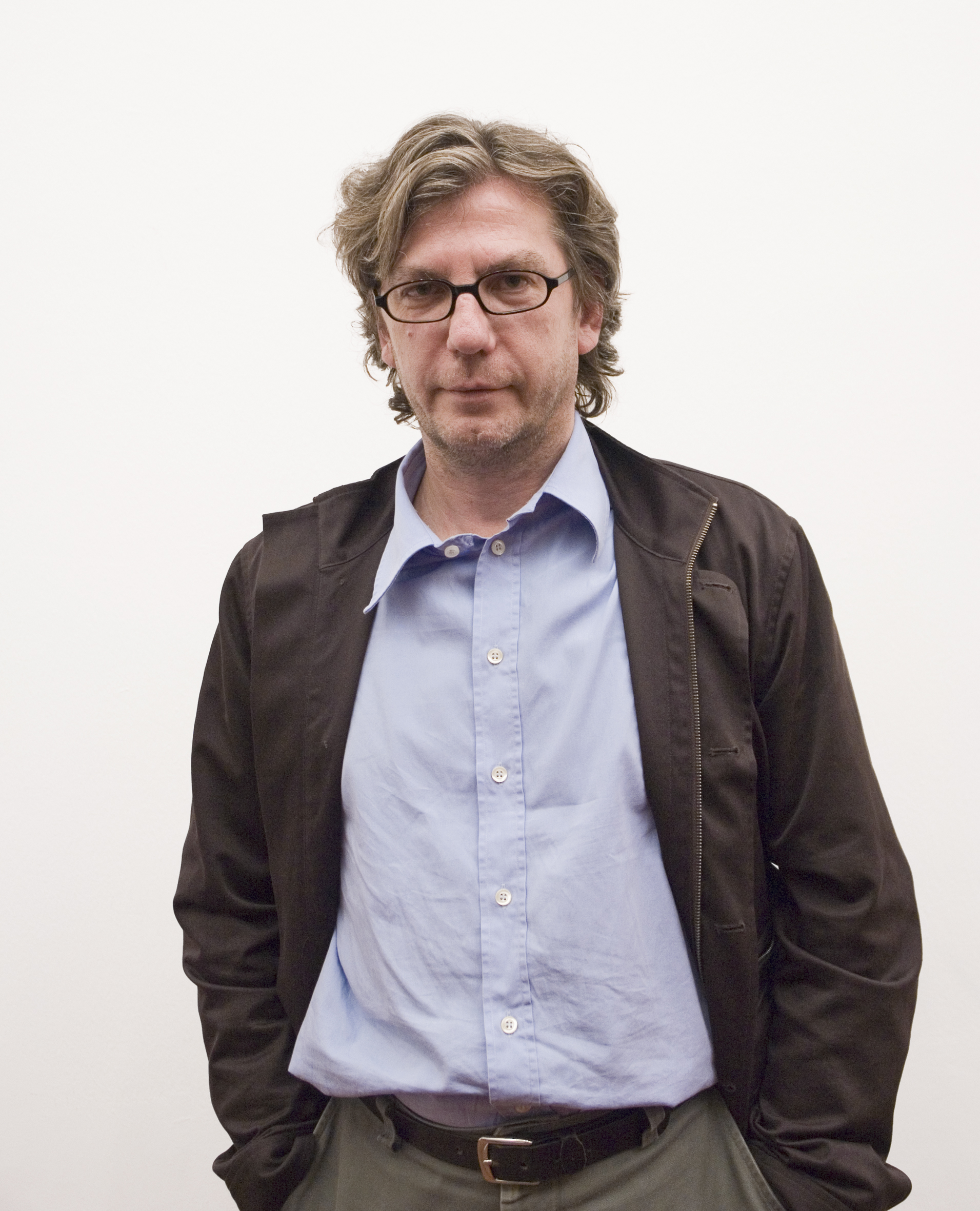
Thomas Ruff is a German photographer who lives and works in Düsseldorf, Germany. He has been described as «a master of edited and reimagined images».
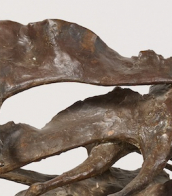
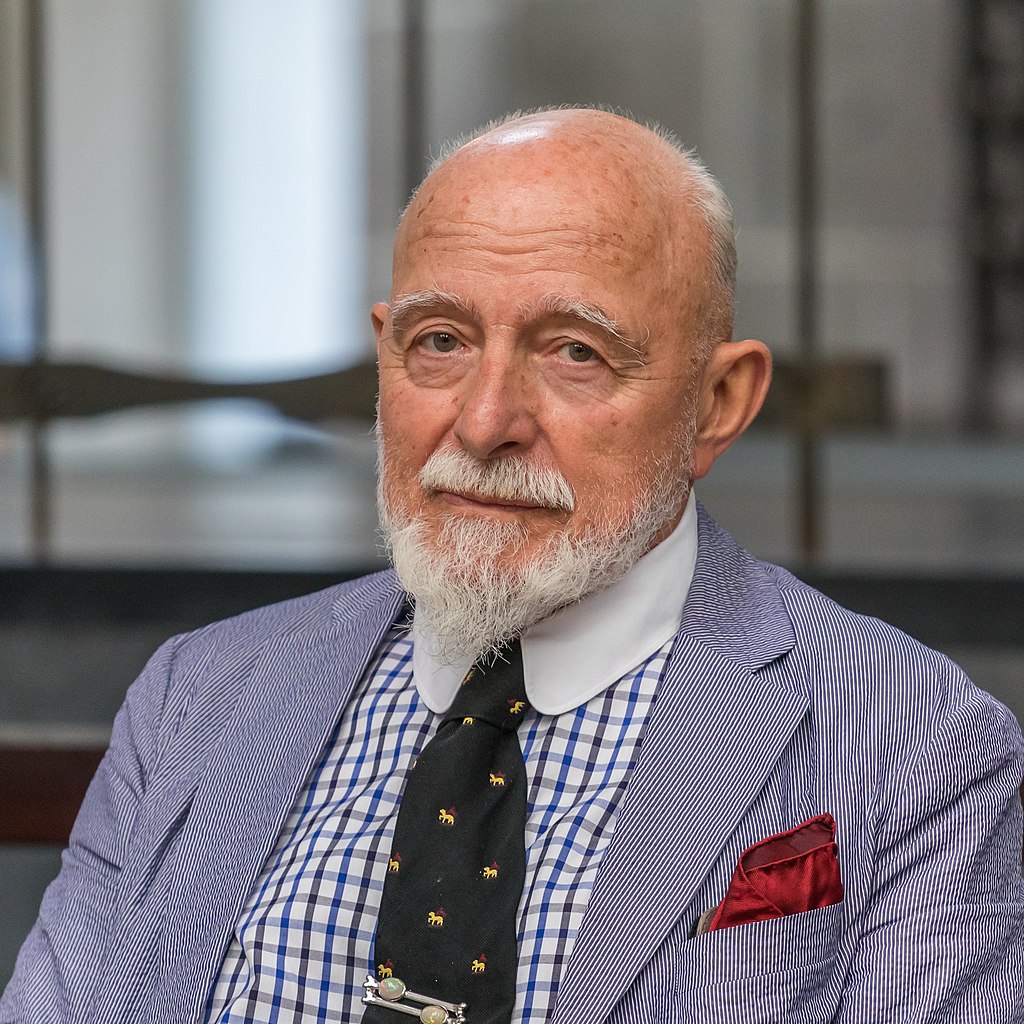
Markus Lüpertz is a German painter, sculptor, graphic artist, and writer. He also publishes a magazine, and plays jazz piano. He is one of the best-known German contemporary artists. His subjects are characterized by suggestive power and archaic monumentality. Lüpertz insists on capturing the object of representation with an archetypal statement of his existence. His art work is associated to neo-expressionism. Known for his eccentricity, German press has stylized him as a «painter prince».
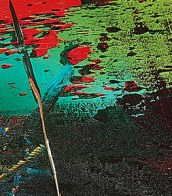
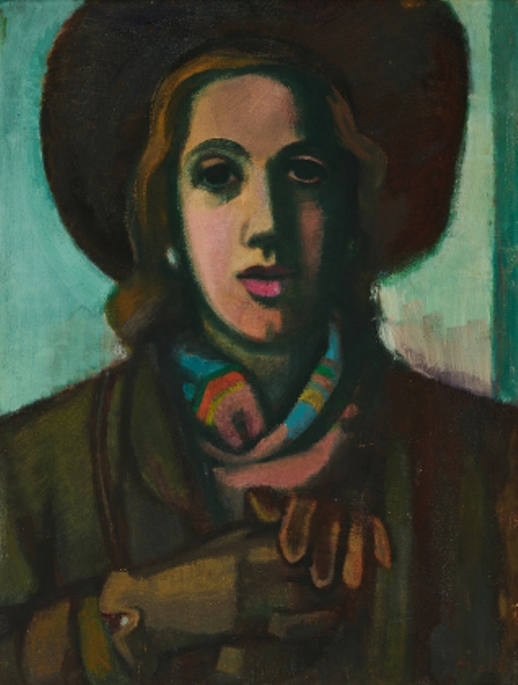
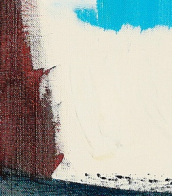

Wilhelm Heinrich Otto Dix was a German artist whose work stands as a stark, unyielding reflection of the societal tumult and trauma of the early 20th century. Born in 1891 in Untermhaus, Germany, Dix's early life was steeped in the arts, his ambition to become an artist nurtured by both familial influence and formal education in Dresden. His experiences as a soldier in World War I deeply influenced his artistic direction, leading him to vividly depict the horrors of war and the decay of the Weimar Republic with a brutal realism that became his signature style.
Dix's association with the Dada movement and the New Objectivity (Neue Sachlichkeit) further honed his critical, often cynical portrayal of post-war society. His works, such as "The Trench" and "War Cripples," expose the visceral aftermath of conflict, while his engagement with the Dadaists imbued his art with a disruptive, confrontational energy against societal norms and the art establishment.
Perhaps most notable is Dix's ability to capture the psychological depth and societal critiques through his portraits and landscapes, which ranged from the grotesque to the surreal. Paintings like "Portrait of the Journalist Sylvia von Harden" and the triptychs "Metropolis" and "War" are emblematic of his keen observation and stark depiction of the era's social and political unrest.
Despite facing significant adversity, including being labeled a degenerate artist by the Nazi regime and facing professional and personal setbacks, Dix's legacy as a painter and printmaker endures. His works are not only historical documents but also profound reflections on humanity, war, and society, resonating with collectors and art experts alike.
For enthusiasts of culture, art, and history, Dix's oeuvre offers an unflinching look into the human condition under the strain of societal and political upheaval. His contributions to painting and printmaking continue to be celebrated in museums and galleries worldwide, underscoring the enduring relevance of his work.
For those interested in exploring the profound depth and historical significance of Otto Dix's work, signing up for updates on new product sales and auction events related to his art can provide invaluable insights. This subscription is a gateway to staying informed about opportunities to engage with the tangible pieces of Dix's enduring legacy.
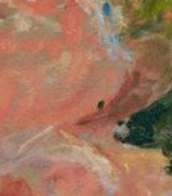
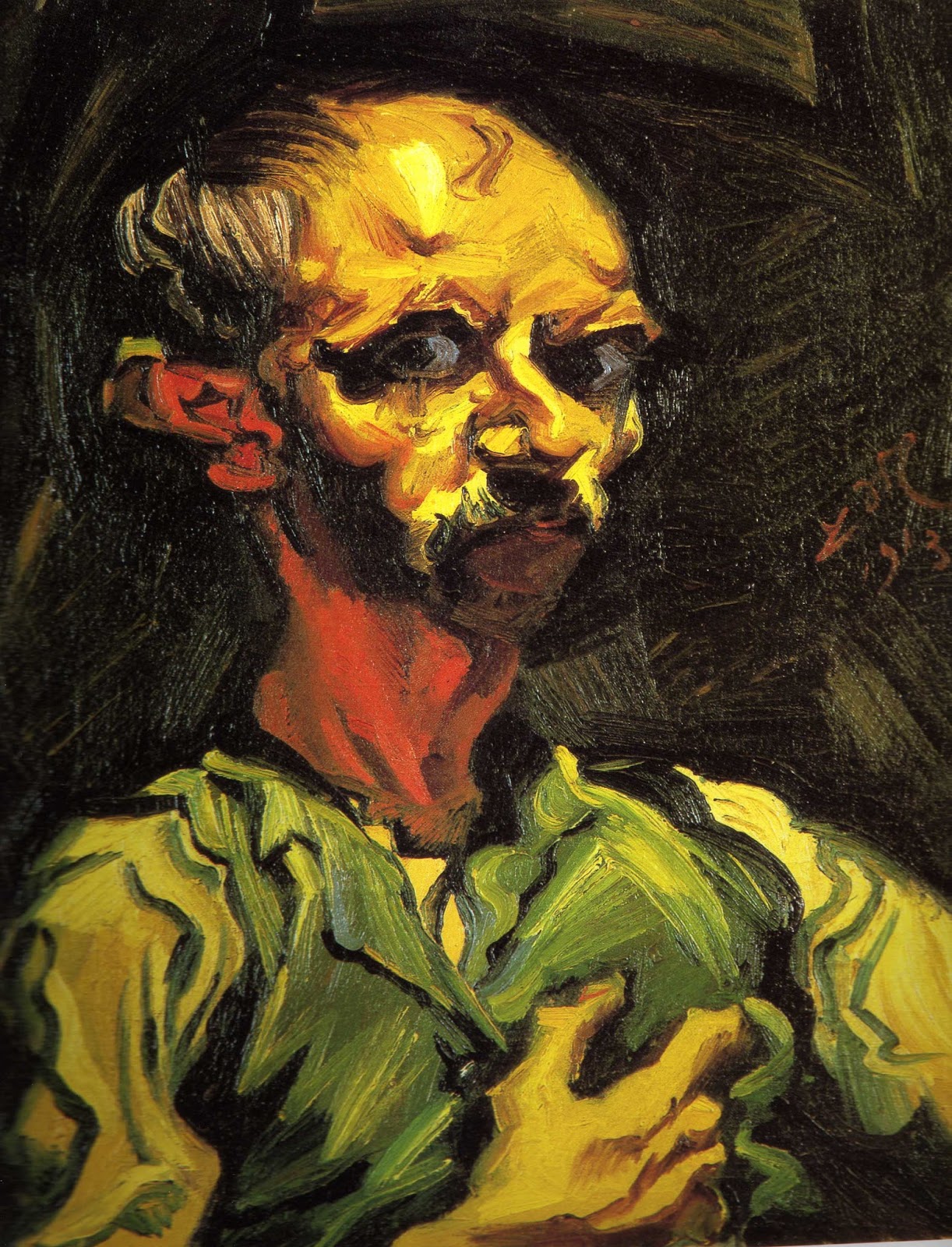
Ludwig Meidner is a German painter and writer, a representative of the expressionist school of art. Meidner is best known for his painted and printed portraits and landscapes, but is especially known for his 'apocalyptic' series of works that show his stylised visions of the coming transformation of Germany before the First World War.
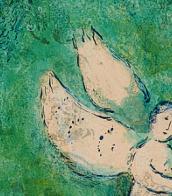
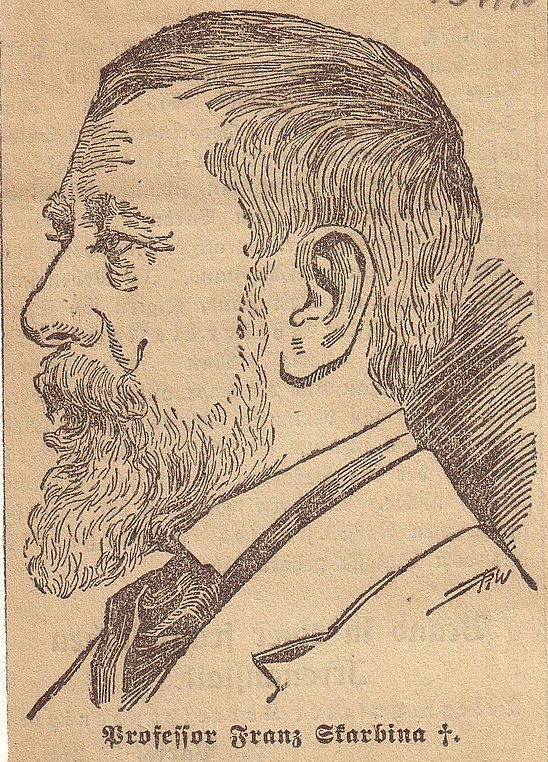
Franz Skarbina was a German painter of the last quarter of the nineteenth and early twentieth centuries. He is known as an Impressionist painter, draughtsman, graphic artist and etching artist.
Franz Scarbina came under the influence of the Impressionists early in his career, in this style he depicted city life, salons, and beach scenes. The artist worked as a teacher at the Berlin Academy of Arts, headed the anatomical drawing department at the school of the Museum of Applied Arts in Berlin. The most fruitful for the master were 1882-1886 years - he, living in Paris, created many works, visited Africa, Belgium and Holland.
Skarbina was one of the founders of the art group and a participant of the Berlin Secession. A street in Berlin is named after him.
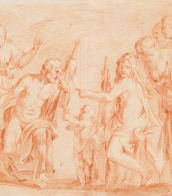
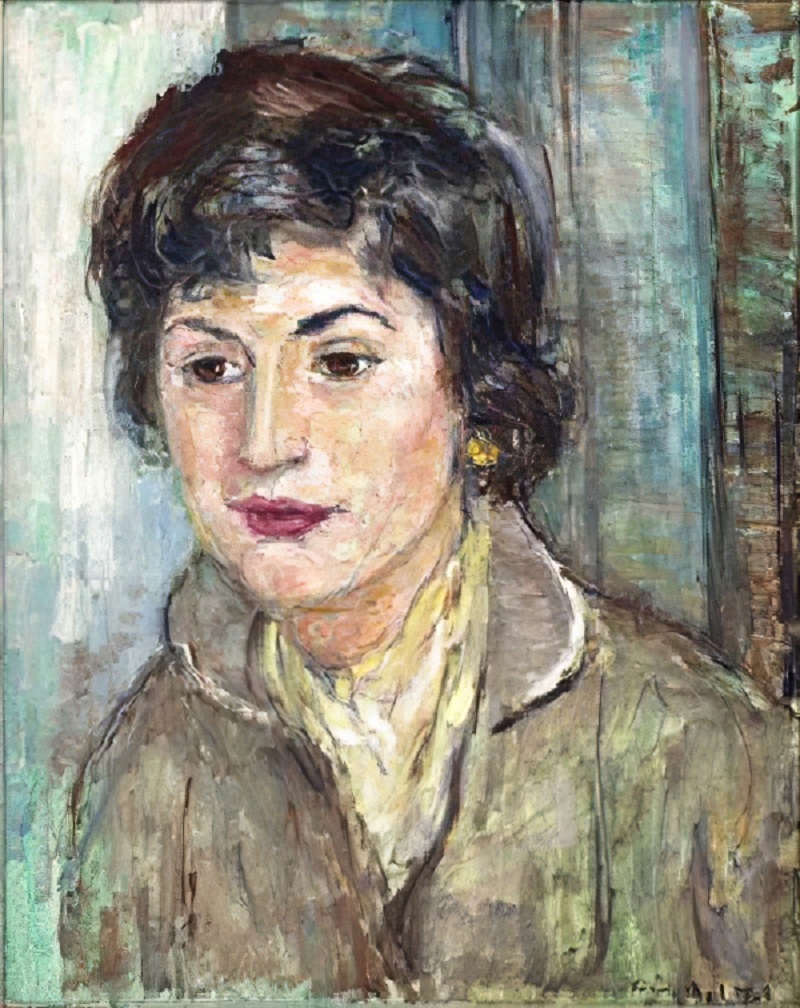
Lisel Oppel, actually Anna Amalie Elisabeth Oppel, was a German painter and ceramist who remains to this day one of the most memorable members of the Worpswede artist colony. From 1917 she studied painting at the Academy of Fine Arts in Munich with Richard Riemerschmid and Hermann Gröber.
Liesel Oppel painted simple paintings with great joy and colourfulness; mainly portraits, people at work and on holidays, less often pure landscapes. One of Oppel's special pictorial themes was children's pastimes in the countryside, in which she adopted and extended the motifs of the early Worpswede artists. Most of her work was created in the 1950s. She continued her expressive painting style.
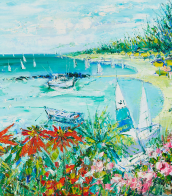
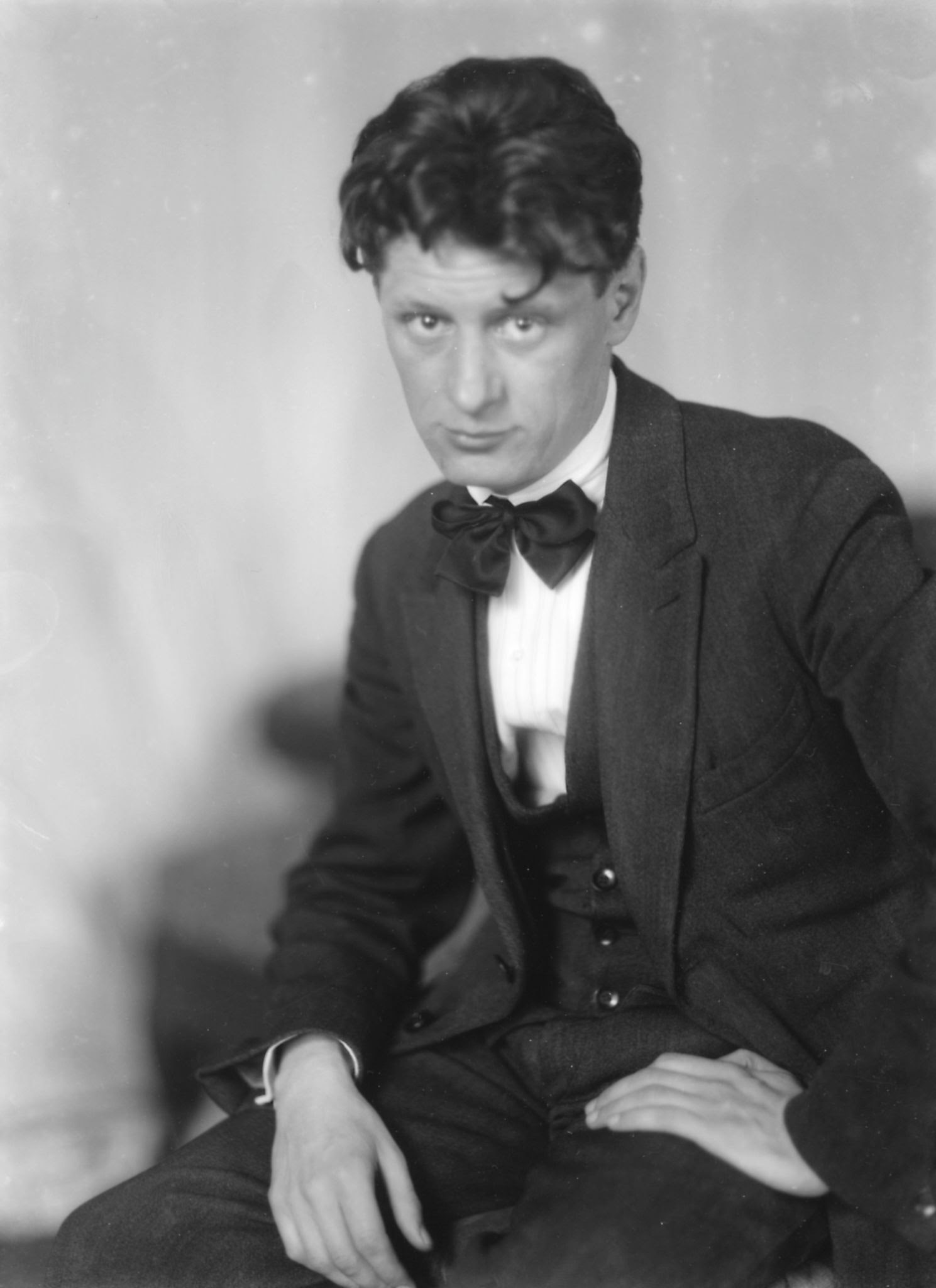
Josef Scharl is a German and American painter, illustrator, and graphic designer.
Scharl trained as a decorative painter at the Munich Art School, where he also gained practical experience in painting restoration. He was wounded in the war, and after returning to Munich, he continued his studies at the Kunstakademie. In the 1920s Josef Scharl joined the artist groups New Munich Secession and Juryfreien, successfully participated in their exhibitions, and later became acquainted with the Impressionists.
Writing in the New Objectivity style, Josef Scharl was forced to emigrate to the United States in 1939, and 1944-46 marked the peak of his fame in the United States. He was also commissioned by the publisher Pantheon Books to illustrate the Grimm brothers' fairy tales and other books.
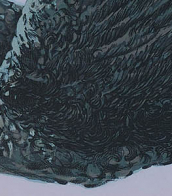
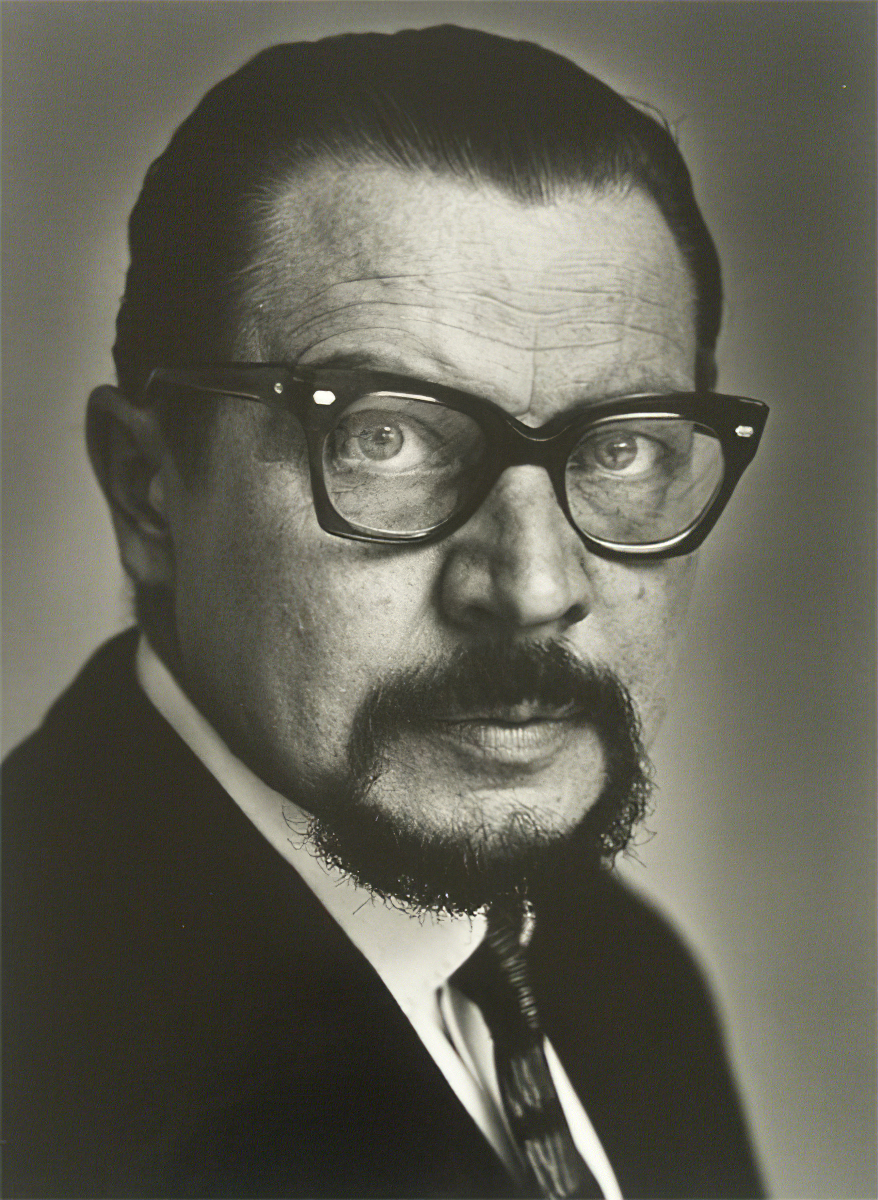
Otto Steinert was a German photographer.
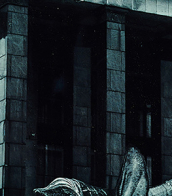
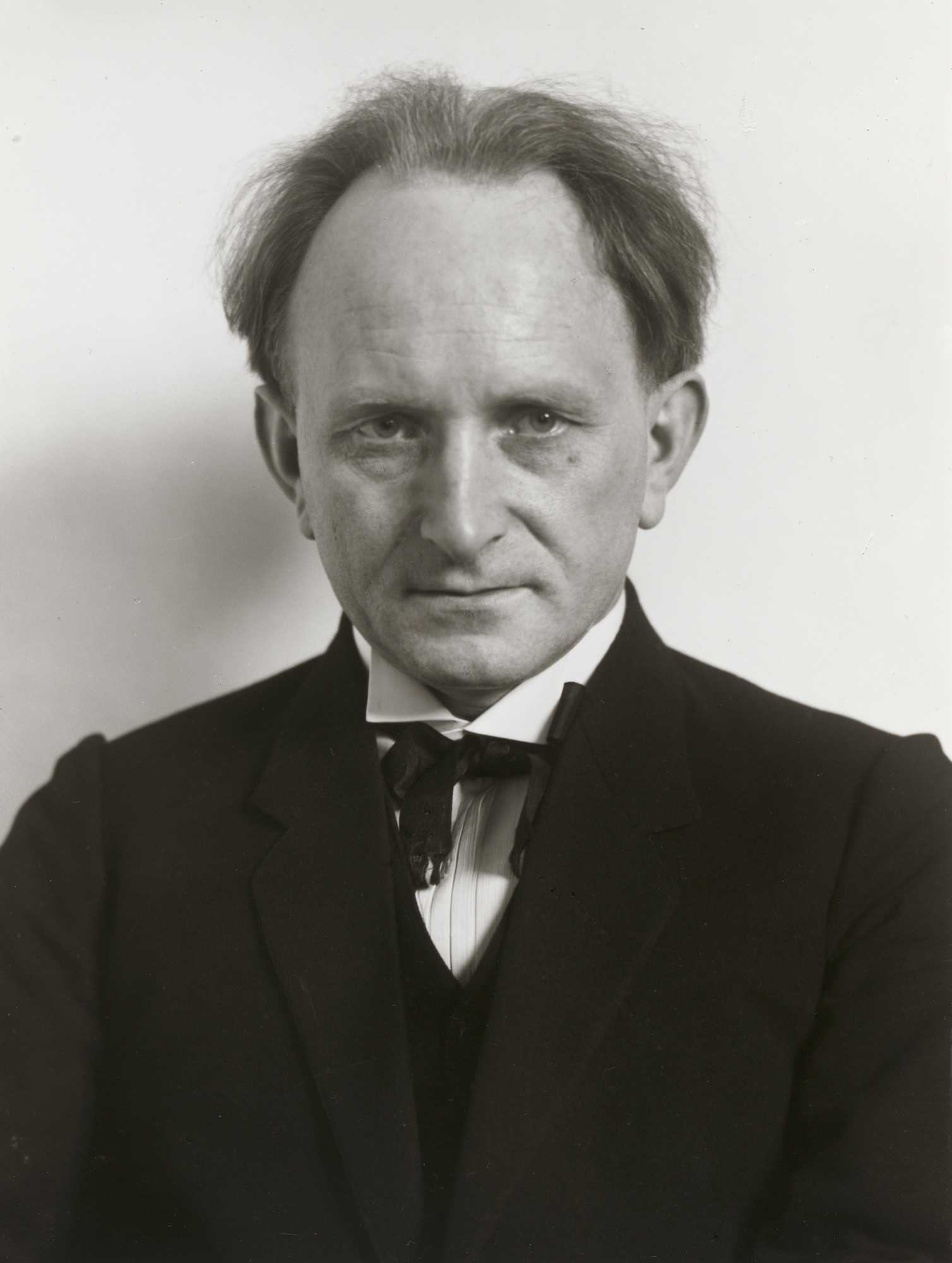
August Sander was a German portrait and documentary photographer. Sander's first book Face of our Time (German: Antlitz der Zeit) was published in 1929. Sander has been described as "the most important German portrait photographer of the early twentieth century".

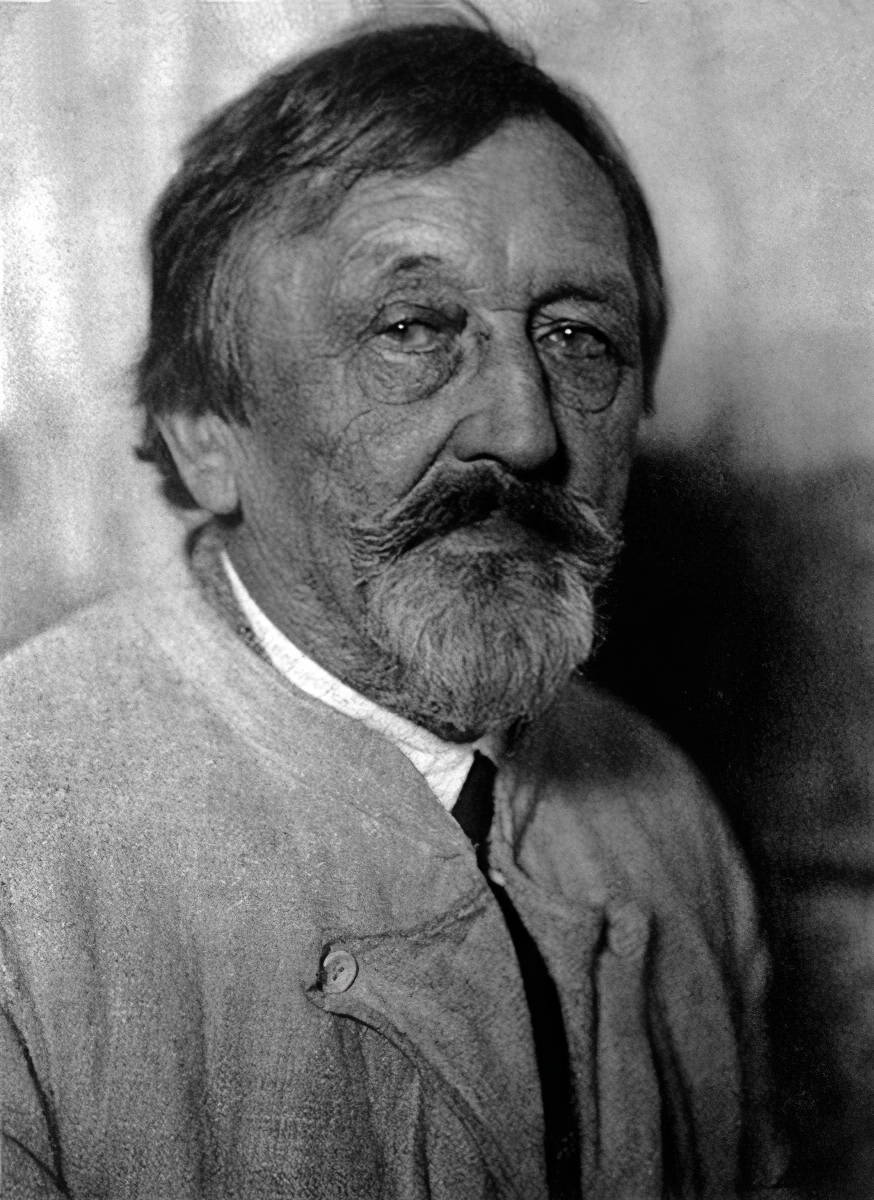
Christian Rohlfs was a German painter and printmaker, one of the important representatives of German expressionism.
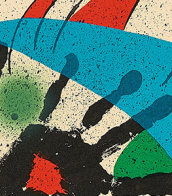

Christian Rohlfs was a German painter and printmaker, one of the important representatives of German expressionism.
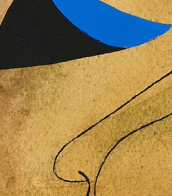

Man Ray, born Emmanuel Radnitzky, was an American visual artist who played a significant role in the Dada and Surrealist movements. His pioneering efforts in photography, alongside his work in painting and sculpture, have cemented his place as a major figure in modern art. Known for his innovative techniques and the ability to convey complex ideas through simple, striking visuals, Man Ray's contribution to the art world is profound.
Throughout his career, Man Ray was celebrated for his avant-garde approach and his ability to transcend traditional boundaries between different artistic mediums. His photography, characterized by experimental techniques such as solarization and rayographs (cameraless photographs), challenged conventional perceptions of photography as merely a means of representation. These artistic innovations made him a central figure in both Parisian and American art circles.
Man Ray's works are housed in some of the world's most prestigious museums and galleries, including the Museum of Modern Art in New York and the Centre Pompidou in Paris. His pieces, such as "Le Violon d'Ingres" and "Noire et Blanche," are iconic images that continue to influence artists today. His ability to blend the abstract with the realistic, and the humorous with the serious, has left a lasting legacy in the world of art.
For collectors and experts in art and antiques, the work of Man Ray offers a glimpse into the revolutionary changes that shaped the visual arts in the 20th century. His unique perspective and pioneering techniques continue to inspire and challenge those interested in the boundaries of creativity and expression.
If you're passionate about the avant-garde, or simply wish to explore the fascinating world of Man Ray further, sign up for our updates. You'll receive alerts on new product sales and auction events related to Man Ray, ensuring you never miss an opportunity to engage with the legacy of this extraordinary artist.


Josef Scharl is a German and American painter, illustrator, and graphic designer.
Scharl trained as a decorative painter at the Munich Art School, where he also gained practical experience in painting restoration. He was wounded in the war, and after returning to Munich, he continued his studies at the Kunstakademie. In the 1920s Josef Scharl joined the artist groups New Munich Secession and Juryfreien, successfully participated in their exhibitions, and later became acquainted with the Impressionists.
Writing in the New Objectivity style, Josef Scharl was forced to emigrate to the United States in 1939, and 1944-46 marked the peak of his fame in the United States. He was also commissioned by the publisher Pantheon Books to illustrate the Grimm brothers' fairy tales and other books.
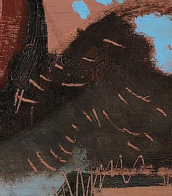

Josef Scharl is a German and American painter, illustrator, and graphic designer.
Scharl trained as a decorative painter at the Munich Art School, where he also gained practical experience in painting restoration. He was wounded in the war, and after returning to Munich, he continued his studies at the Kunstakademie. In the 1920s Josef Scharl joined the artist groups New Munich Secession and Juryfreien, successfully participated in their exhibitions, and later became acquainted with the Impressionists.
Writing in the New Objectivity style, Josef Scharl was forced to emigrate to the United States in 1939, and 1944-46 marked the peak of his fame in the United States. He was also commissioned by the publisher Pantheon Books to illustrate the Grimm brothers' fairy tales and other books.


Markus Lüpertz is a German painter, sculptor, graphic artist, and writer. He also publishes a magazine, and plays jazz piano. He is one of the best-known German contemporary artists. His subjects are characterized by suggestive power and archaic monumentality. Lüpertz insists on capturing the object of representation with an archetypal statement of his existence. His art work is associated to neo-expressionism. Known for his eccentricity, German press has stylized him as a «painter prince».
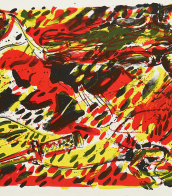
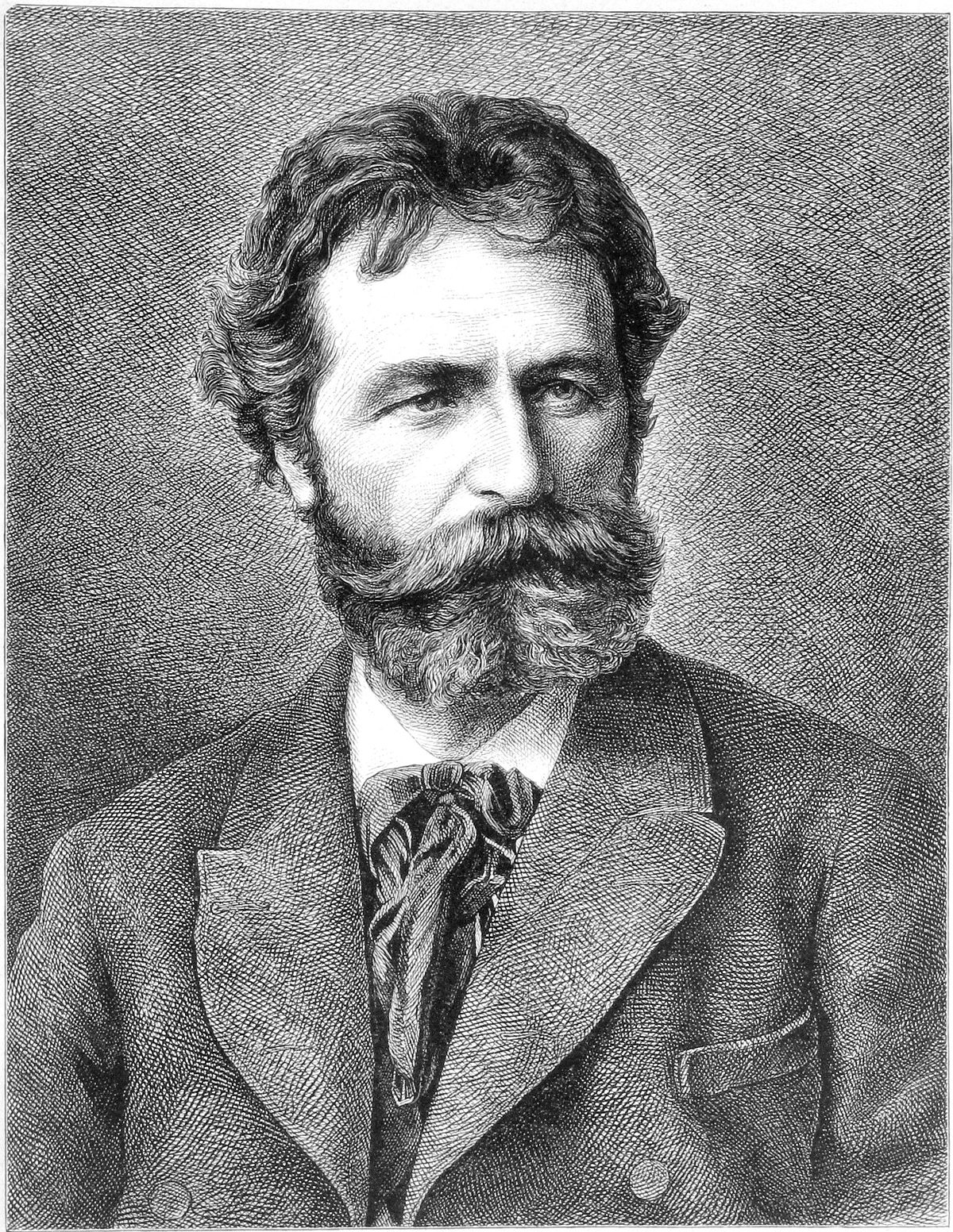
Franz von Defregger was an Austrian artist known for producing genre art and history paintings set in his native county of Tyrol.
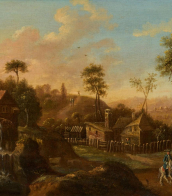

Wilhelm Heinrich Otto Dix was a German artist whose work stands as a stark, unyielding reflection of the societal tumult and trauma of the early 20th century. Born in 1891 in Untermhaus, Germany, Dix's early life was steeped in the arts, his ambition to become an artist nurtured by both familial influence and formal education in Dresden. His experiences as a soldier in World War I deeply influenced his artistic direction, leading him to vividly depict the horrors of war and the decay of the Weimar Republic with a brutal realism that became his signature style.
Dix's association with the Dada movement and the New Objectivity (Neue Sachlichkeit) further honed his critical, often cynical portrayal of post-war society. His works, such as "The Trench" and "War Cripples," expose the visceral aftermath of conflict, while his engagement with the Dadaists imbued his art with a disruptive, confrontational energy against societal norms and the art establishment.
Perhaps most notable is Dix's ability to capture the psychological depth and societal critiques through his portraits and landscapes, which ranged from the grotesque to the surreal. Paintings like "Portrait of the Journalist Sylvia von Harden" and the triptychs "Metropolis" and "War" are emblematic of his keen observation and stark depiction of the era's social and political unrest.
Despite facing significant adversity, including being labeled a degenerate artist by the Nazi regime and facing professional and personal setbacks, Dix's legacy as a painter and printmaker endures. His works are not only historical documents but also profound reflections on humanity, war, and society, resonating with collectors and art experts alike.
For enthusiasts of culture, art, and history, Dix's oeuvre offers an unflinching look into the human condition under the strain of societal and political upheaval. His contributions to painting and printmaking continue to be celebrated in museums and galleries worldwide, underscoring the enduring relevance of his work.
For those interested in exploring the profound depth and historical significance of Otto Dix's work, signing up for updates on new product sales and auction events related to his art can provide invaluable insights. This subscription is a gateway to staying informed about opportunities to engage with the tangible pieces of Dix's enduring legacy.

